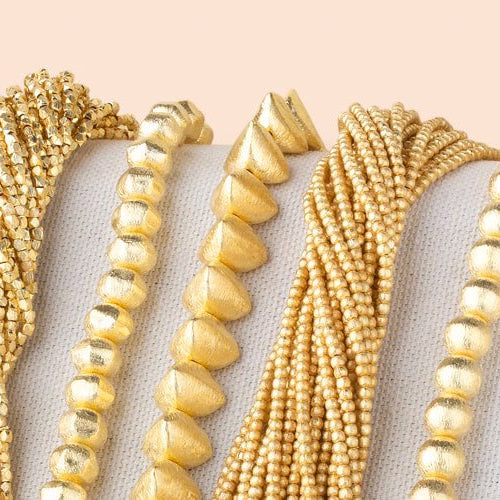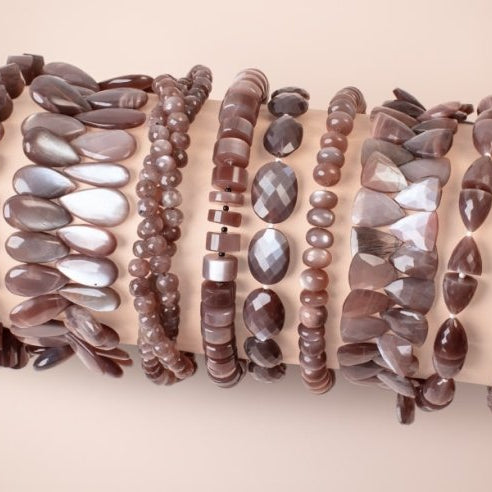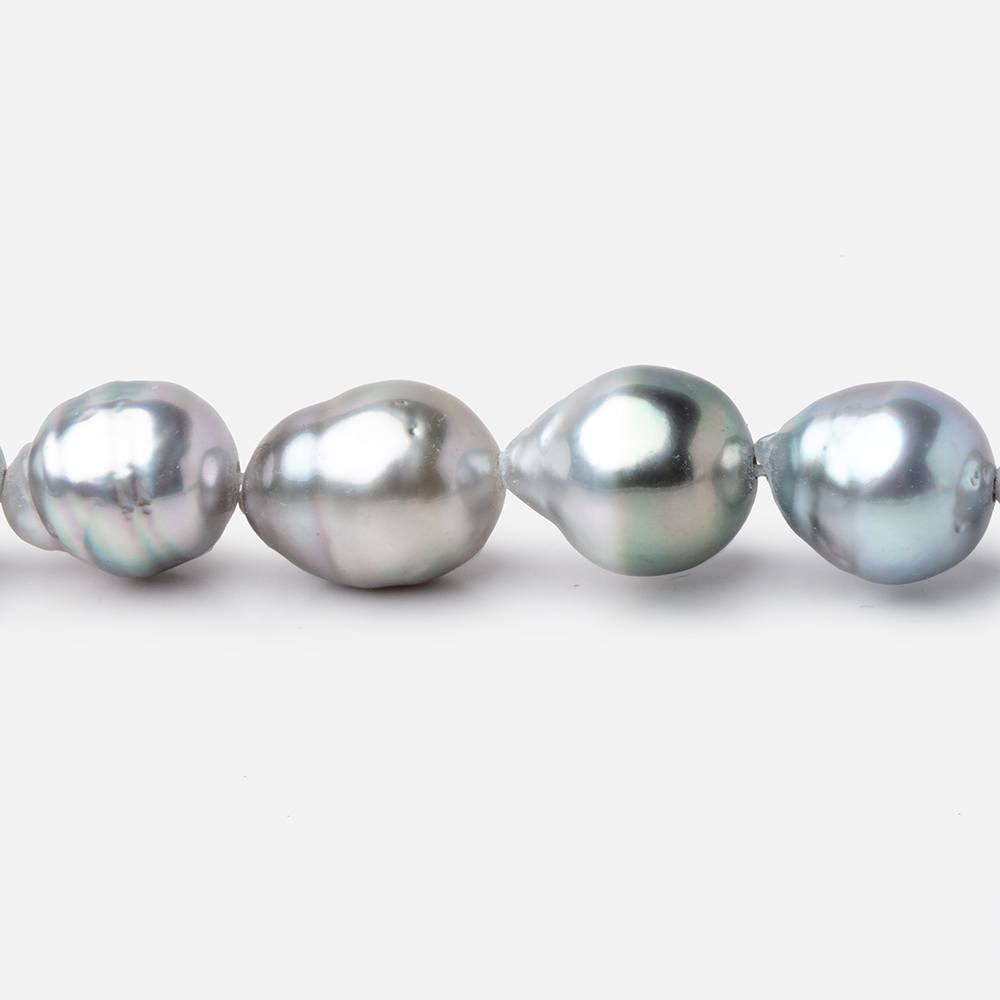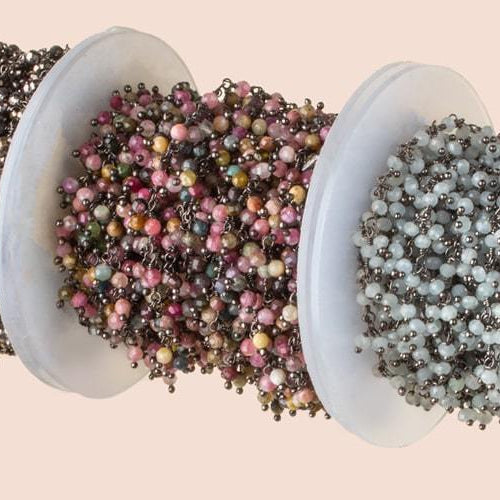The enchanting, pearlescent appearance of freshwater pearls coupled with their relatively affordable price makes them a desirable option for jewelry designers, restoration specialists and collectors. Unlike saltwater pearls that usually come from saltwater oyster varieties in Japan, Tahiti, Indonesia, Australia and elsewhere, cultured freshwater pearls are farmed using freshwater oysters in China, Japan and the U.S. Though they may be perfectly round, saltwater pearls are often smaller and may have an irregular shape. Those that are misshapen are referred to as baroque pearls.
Freshwater pearls are further unique from their saltwater counterparts because they naturally occur in a wider variation of colors. You may find white freshwater pearls with mesmerizing overtones of rose, blue or green, commonly with blue background colors. The vast majority of freshwater and saltwater pearls are cultured, meaning they do not occur in nature. Pearl farmers implant a small piece of pearl mantle or bead inside the oyster to jump-start the pearl production process and to help alter the shape produced by the oyster.
Even though the pearl material may have been planted, freshwater pearls are still very much considered real pearls. Natural pearls actually appear somewhat rarely in nature, so almost all pearls we see in jewelry today are cultured pearls. But it is not unusual for jewelry made with large, flawless cultured pearls to fetch millions when sold. With this in mind, it’s vital that you take good care of your freshwater pearls to help maintain their natural beauty, luster and surface. Here’s some information on how to care for your freshwater pearls.
How to Clean Freshwater Pearls?
When cared for and stored properly, pearls will retain their luster and nacre for a long time, ensuring that they become cherished heirlooms passed from one generation to the next. Note that you should never put pearl beads of any kind into an ultrasonic cleaner, and be sure to avoid any harsh chemicals or abrasive cleaners, as these could damage the surface sheen and smoothness of your freshwater pearls. The last thing you want is a clean yet lackluster pearl!
Here’s how to clean your freshwater pearls:
- Gently rub each pearl using a soft, damp cloth to remove surface debris that may accumulate, such as dust, perfume and makeup. Particularly dirty pearls may be cleaned on occasion with mild, diluted soap.
- Be sure to completely dry the pearl strand to avoid thread deterioration.
- Gently wipe pearls with a soft cloth as soon as you take them off and before putting them into storage.
How to Store Freshwater Pearls?
Store pearls in a non-airtight container when not in use to prevent them from drying out or sustaining any nacre damage. You should also be sure that you store them by themselves in a soft pouch or wrapped in a jewelry cloth so they don’t come into contact with other items that might scratch them. Never store your pearls with hard precious gems that could scratch or damage the surface.One important thing to note about all types of pearls is that they absorb your body’s natural oils and moisture, which allows them to thrive. However, pearl experts follow the general rule of “last on, first off” when wearing pearls — put them on last when getting ready and take them off first when disrobing — to minimize exposure to chemicals, perfumes, makeup and surface scratches or damage. Be sure to remove your pearls before applying lotions or sprays.So long as you properly clean and store freshwater pearls so they maintain their lustrous beauty for years to come, you’ll be able to enjoy these exquisite “jewels of the sea” for generations.
Buying Freshwater Pearls at Beads of Cambay
Beads of Cambay is an excellent resource for buying top-quality cultured freshwater pearls in a wide range of hues, shapes and sizes. Trust us as your go-to pearl retailer for all your jewelry and craft projects. If you’re a reseller, you can take advantage of great prices on our wholesale freshwater pearls. Be sure that you include care instructions with your pearl jewelry so that your customers can preserve these beautiful gems for the future!











